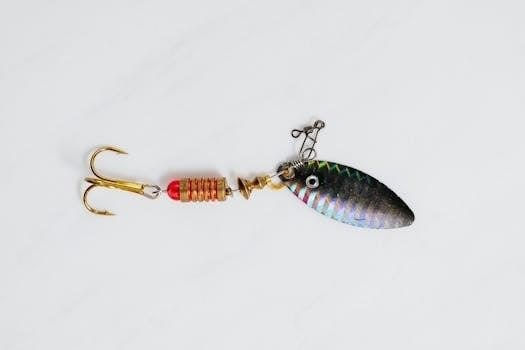Texas Saltwater Fishing License Requirements
A valid Texas fishing license with a saltwater endorsement is mandatory for any resident who fishes in Texas public saltwater. This license is required to take any aquatic life, including fish, mussels, clams, and crayfish. Non-residents must also obtain a license.
Resident and Non-Resident License Costs
The cost of a Texas saltwater fishing license varies depending on residency. For Texas residents, a yearly saltwater license is priced at $35, while non-residents will pay $63 for the same license. An all-water license, covering both freshwater and saltwater, is available for residents at $40 and for non-residents at $68. These licenses are valid for a year and allow fishing in all public saltwater areas.
Saltwater Fish Size and Bag Limits
Texas saltwater fishing regulations include specific size and bag limits for various species. These rules ensure sustainable fishing practices and maintain healthy fish populations. Anglers must adhere to these regulations to avoid penalties.
General Size Regulations
Texas saltwater fishing regulations often include both minimum and maximum size limits for various species. These limits help to protect juvenile fish, allowing them to mature and reproduce, while also preventing overharvesting of larger, older fish. Anglers are advised to keep a tape measure on board to ensure their catch meets these specific requirements. It’s important to understand that size limits vary by species and can change periodically.
Specific Species Limits
Beyond general size regulations, Texas imposes specific limits for various saltwater species. These limits dictate the number of fish an angler can keep, often referred to as the “bag limit.” These bag limits are designed to prevent overfishing and ensure sustainable populations for various species. It is essential for anglers to familiarize themselves with the specific size and bag limits for the fish they target, as these regulations can change frequently and vary widely among different species.
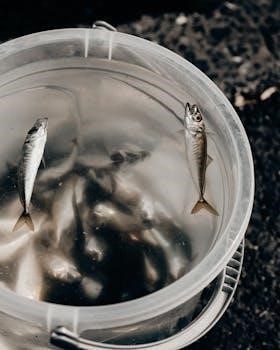
Spotted Seatrout Regulations
Spotted seatrout are a popular target for Texas anglers, and specific regulations are in place to manage their populations. These rules include bag and size limits, subject to periodic adjustments by TPWD.
Current Bag and Size Limits
Currently, recreational anglers in Texas can keep three spotted seatrout per day, with a minimum size of 15 inches and a maximum size of 20 inches. Additionally, one oversized trout greater than 30 inches is allowed as part of the daily bag limit. These regulations apply to all Texas saltwater areas. It’s important to always verify the most up-to-date rules before fishing, as regulations can change.
Recent Regulation Changes
Recent changes to spotted seatrout regulations in Texas include a reduction in the daily bag limit from five to three fish; The size limit has also been adjusted, with the maximum size decreasing to 20 inches, while the minimum remains at 15 inches. These changes aim to help the spotted seatrout population recover. Anglers should stay informed about the latest updates from the TPWD to ensure compliance.
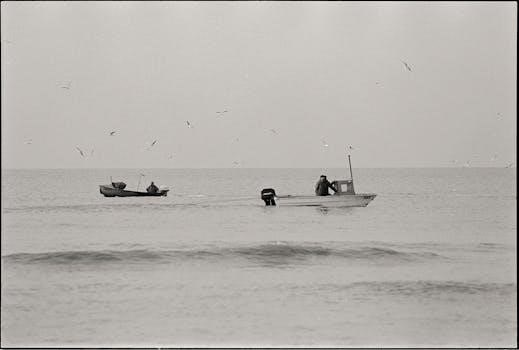
Red Snapper Regulations
Red snapper regulations vary depending on whether you are fishing in state or federal waters; It’s crucial to understand these differences to ensure you comply with all applicable fishing laws.
Federal vs. Texas Waters Limits
In federal waters, the red snapper bag limit is two fish per person, with a minimum length of 16 inches. However, in Texas state waters, the limit is four red snapper, with a minimum length of 15 inches. These differing regulations highlight the importance of knowing where you are fishing. Always verify the specific zone before you start fishing to ensure full compliance with the law.
Fishing Gear and Methods
In Texas, anglers are allowed to fish with a maximum of two rods, whether in freshwater or saltwater. Additionally, it is required to use a venting tool or descending device on reef fish showing signs of barotrauma.
Number of Rods Allowed
Texas regulations permit anglers to use a maximum of two fishing rods at any given time while fishing in either freshwater or saltwater. This rule is in place to ensure fair fishing opportunities for everyone and to prevent overfishing. It applies to all anglers, regardless of whether they are fishing from a boat, the shore, or a pier. Remember to adhere to this regulation to remain compliant with Texas Parks and Wildlife Department (TPWD) guidelines.
Use of Venting Tools or Descending Devices
Texas regulations now mandate that all anglers, both commercial and recreational, utilize a venting tool or a rigged descending device when dealing with reef fish that exhibit signs of barotrauma. Barotrauma occurs when fish are brought up from deep waters, causing their swim bladders to expand. These tools help release the pressure and increase the chances of the fish surviving after being released back into the water. This regulation aims to protect reef fish populations.
General Fishing Regulations
Fishing is permitted year-round in Texas, however, some species may have specific seasons. Anglers are allowed to use a maximum of two rods while fishing in both freshwater and saltwater. Always check for specific regulations.
Year-Round Fishing
Texas offers the fantastic opportunity to fish throughout the entire year. This means that regardless of the time of year, you can enjoy the thrill of angling in the state’s diverse waters. While fishing is accessible year-round, it’s important to remember that certain fish species may have specific seasons or closures. Therefore, it is always recommended to consult the official regulations before planning your fishing trip to ensure compliance with all current rules.
Reporting Fish Kills and Spills
It is crucial for the health of Texas’ aquatic ecosystems to report any fish kills or spills that are observed. Prompt reporting allows the authorities to investigate the cause of these incidents and take necessary action to mitigate any environmental damage. If you notice a fish kill or spill, contact the Texas Parks and Wildlife Department immediately. This will help protect the state’s valuable natural resources.
TPWD Regulation Updates
The Texas Parks and Wildlife Department (TPWD) announces changes to fishing regulations annually. For the 2024-2025 season, be sure to check for any modifications to bag limits or size requirements.
2024-2025 Regulation Changes
The Texas Parks and Wildlife Department has implemented some changes for the 2024-2025 fishing season. Anglers should be aware that there may be adjustments to bag limits, size restrictions, and specific species regulations. It is very important to check the latest updates from TPWD to ensure compliance. These changes may impact both recreational and commercial fishing activities, so reviewing them before your trip is critical.
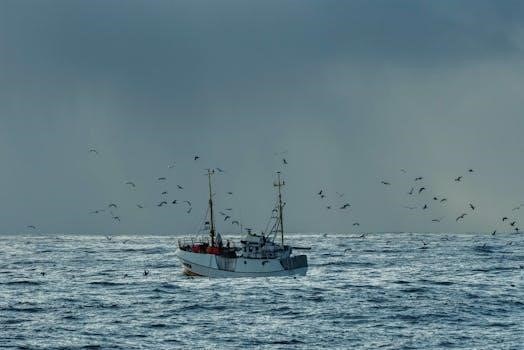
Where to Find Official Regulations
The Texas Parks and Wildlife Department (TPWD) website and their official app provide the most up-to-date information on all fishing regulations. Anglers should check these resources before fishing.
TPWD Website and App
The Texas Parks and Wildlife Department (TPWD) maintains a comprehensive website, OutdoorAnnual.com, where anglers can access all current fishing regulations. This resource includes details on bag limits, size restrictions, and seasonal closures. Additionally, the TPWD offers a mobile app for convenient access to the same information, ensuring anglers can stay informed even while on the water. These digital tools provide the most reliable source for understanding Texas fishing laws.
Additional Information
Anglers should practice ethical fishing, respecting both the environment and other fishers. It is also crucial to protect seagrass, which is a vital habitat for many marine species.
Ethical Angler Practices
Practicing ethical angling is paramount for preserving Texas’s saltwater fisheries. This includes respecting bag limits to ensure fair opportunities for all anglers and the sustainability of fish populations. Avoid hogging up all the fish and be mindful of other anglers’ space and experiences. Responsible anglers also minimize their impact on the environment, such as properly disposing of trash and fishing gear, and using catch-and-release techniques when necessary. Such practices help safeguard marine resources for future generations.
Protecting Seagrass
Seagrass beds are vital habitats for numerous marine species, so protecting them is crucial. Anglers should avoid damaging seagrass by not running boat motors in shallow areas and being careful not to drag anchors through seagrass beds. These delicate ecosystems provide essential nursery grounds for many fish species and also help maintain water quality. By being mindful of seagrass while fishing, anglers contribute to the long-term health and sustainability of Texas coastal waters.
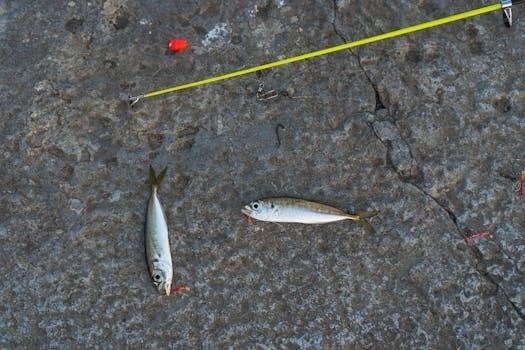
Enforcement and Penalties
Violating Texas fishing regulations can result in fines and other penalties. These measures are in place to protect fish populations. It is crucial to adhere to all rules to avoid legal consequences.
Consequences of Violating Regulations
Violating Texas saltwater fishing regulations can lead to significant penalties, including fines for misdemeanors. These penalties are designed to deter illegal fishing practices and protect marine resources. Ignoring bag limits, size restrictions, or licensing requirements can result in legal action and financial burdens. It’s important for all anglers to be fully aware of and comply with Texas Parks and Wildlife Department regulations to avoid these negative consequences.
